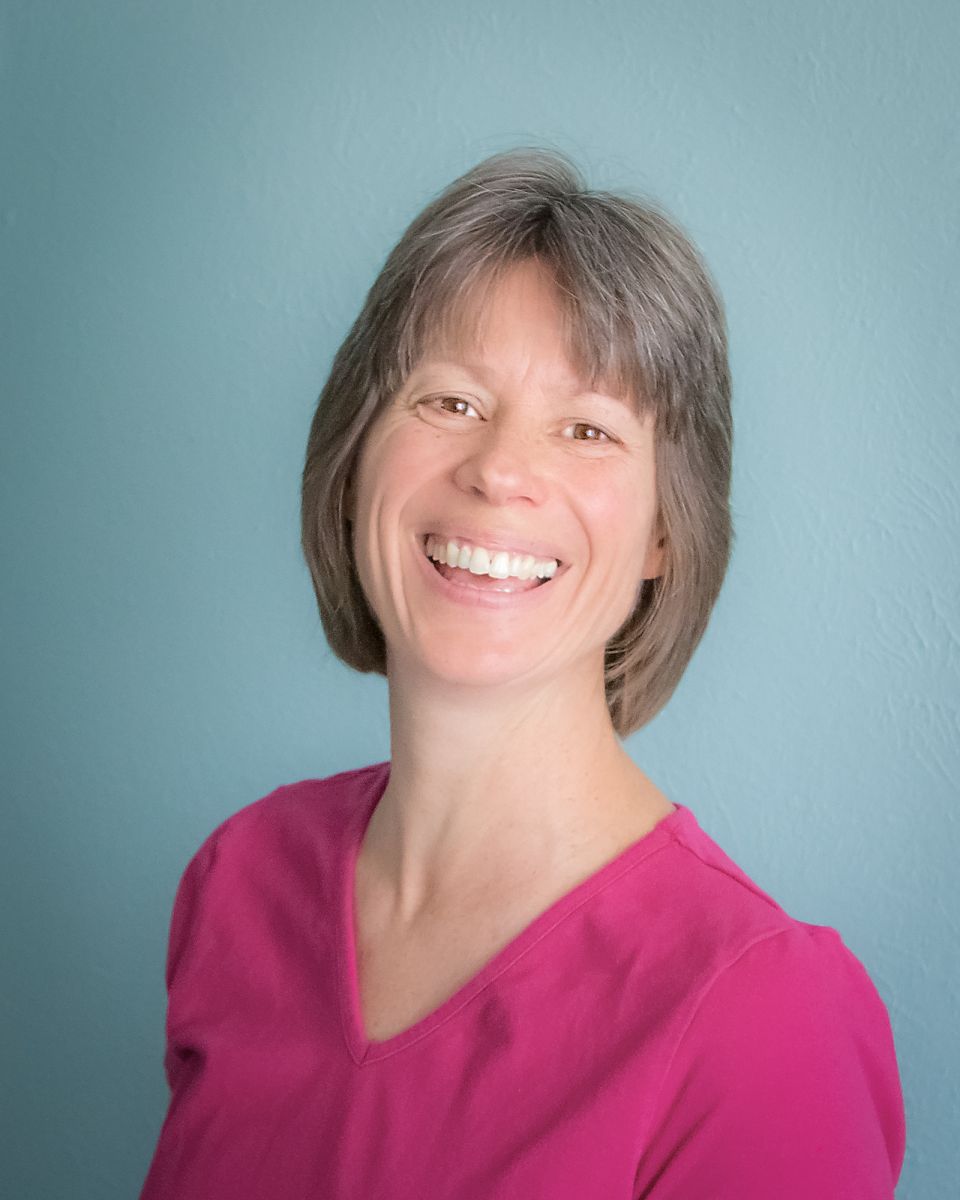
Katherine Smith
Licensed Massage Therapist
When Is a "Full Body Massage" Not a Full Body Massage?
I can't tell you how many of my clients tell me that they've never had their abdomen or gluteals worked on. Or their anterior neck region. Or their ribcage. Or their spine. Or deep into their shins, behind the bone.
Really? And it's called a "full-body massage"?
I'm sure you've heard that everything is connected in the body; that's why the one-hour full-body massage is such a valuable staple in the massage world. When your neck is hurting, it's most likely being caused by something in your pelvis, which involves your hips and so on. This connection doesn't exclude the abdomen, glutes, ribs, etc. For example, I like to work the iliopsoas deep in the abdomen on all my clients, because it connects the upper body to the lower, and the front of the body to the back. Have upper back and shoulder problems? Psoas. Middle back issues? Psoas. Lower back pain? Definitely psoas. Same with the gluteal muscles (yes there are three of them on each side), the tissues around the pubic bone and even the pelvic floor; there is no way to properly address hip and lower back issues without working all the muscles attached to the pelvis (however, I always ask permission before working more intimate areas).
So why do so few therapists work these vital areas? I don't know. They may be contraindicated in a few conditions, or too tricky to work, or they may require an explanation to the client. But to me, the payoff is worth it.
My Massage
I’ve had clients tell me that my massage is technical--one even said that I go in like a surgeon. I guess that's because I address specific muscles and fascia in a very intentional way in order to get the change that I'm looking for. Sometimes I evaluate a person in standing or walking, but I always assess them on the table to know what is tilted, shifted and rotated. This tells me what I need to do with all the tissues that are involved, and in what order. It also means I won't necessarily do the same thing on both sides. I use a combination of myofascial release, traction, stretches, static compression trigger point therapy, Medicupping® and active/passive movement to get joints to function properly. Sometimes I will ask for you to move in certain ways or take deep breaths to increase the effectiveness of a technique.
Many massage therapists get into a rut; they do the same massage on everyone, even if the client requests specific work on an area. I'm always looking for the change in tissue, which is why I communicate with my clients during the massage: if something doesn't feel therapeutic, I will change my depth; if something doesn't release, I'll try again or use a different technique; if there is a specific complaint, the goal of my massage is to alleviate it. I want every client to get off my table feeling better.
How Long Does it Take?
I find that the best approach is to release restrictions throughout the myofascial network in a systematic way. This can take at least 4-6 sessions, depending on the condition of the client’s tissues and their tolerance for deep work. The slower we go, the longer it takes, but the less soreness there will be. Most people compare this to how they feel after a good workout, and I apply an anti-inflammatory liniment after the massage on areas that may need it. I also recommend an Epsom Salts bath.
Although being systematic has its benefits, I always balance that approach with the aim of relieving people’s pain as fast as possible; but even when the pain is gone, it doesn’t mean the work is done. Most people see an improvement of some kind after the first session—at least enough to see the healing potential of further treatments. But each person is unique. I have had clients require only one session, and others who need regular massage for several months to reach their goals.
Finally, I like to educate my clients to increase body awareness and understanding, because that increases the speed of recovery and the rate of success. This includes stretches and somatic activities to activate muscles, as well as discussions about things like workstation ergonomics. Working on posture outside of massage will make new neural pathways and create new habits that will have lasting effects.


